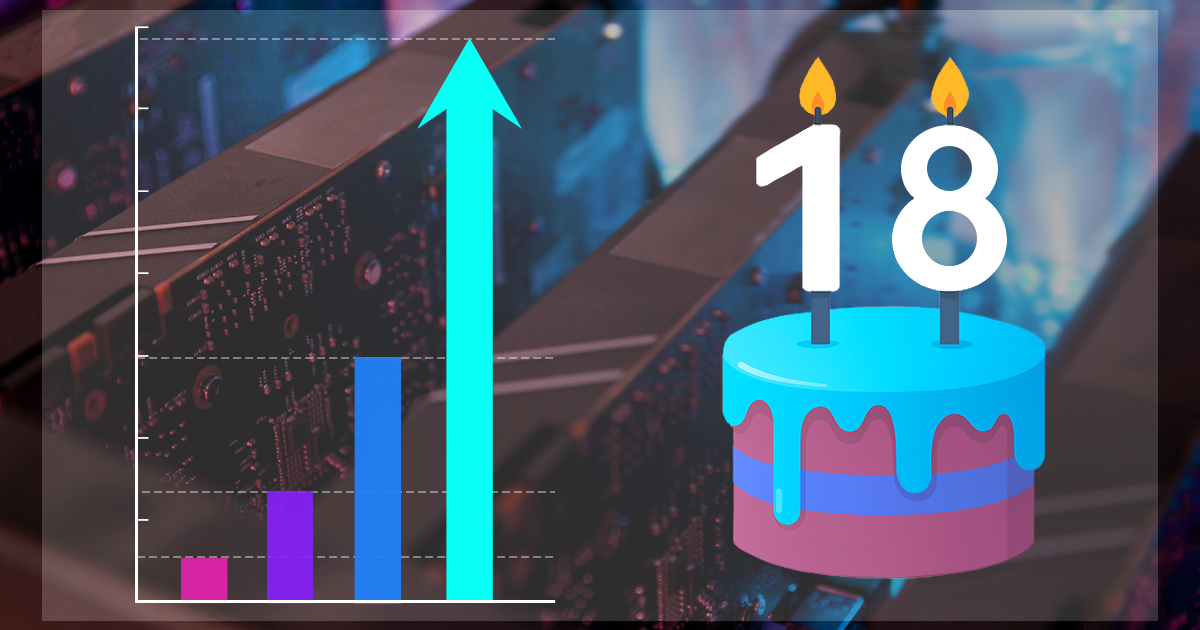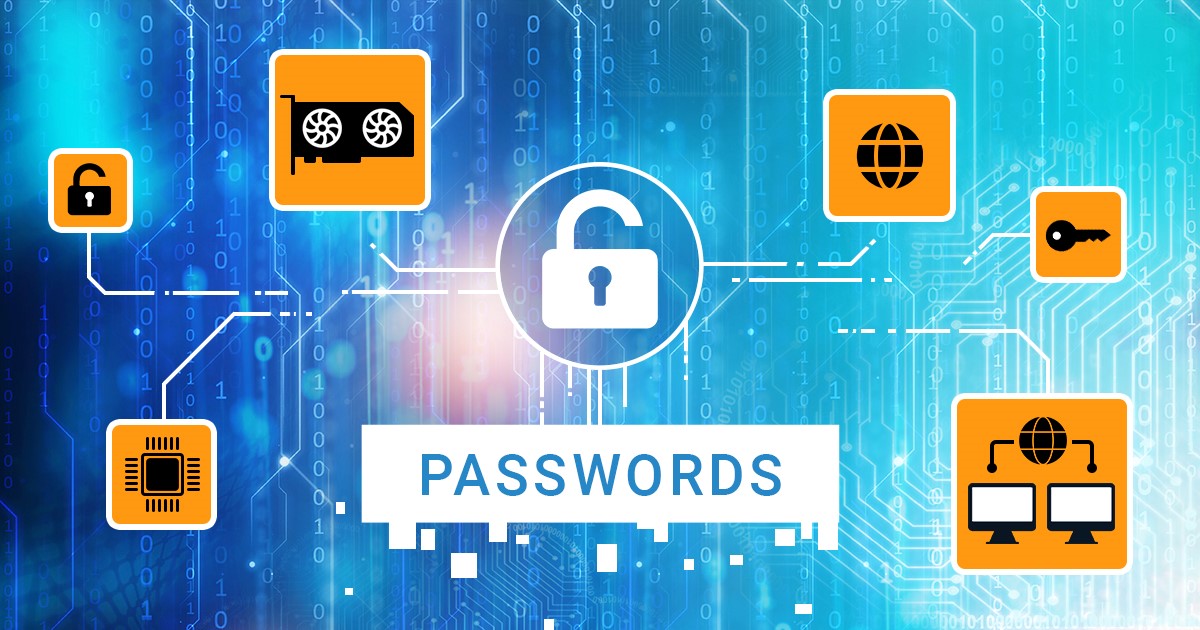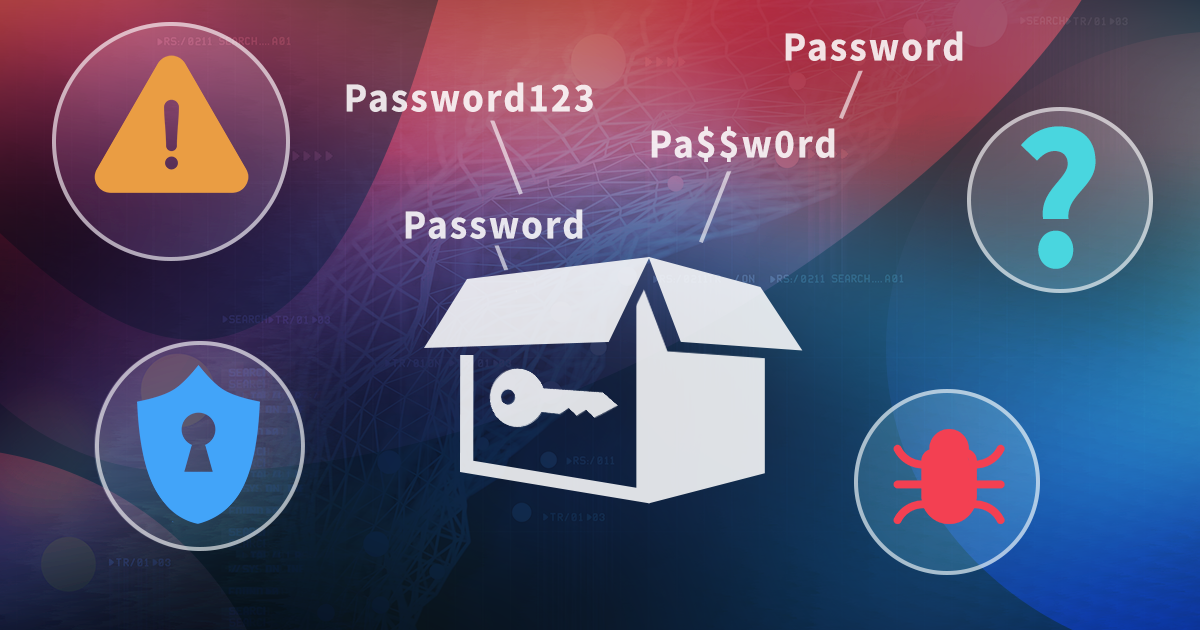Is surveillance a good or a bad thing? The answer depends on whom you ask. From the point of view of the law enforcement, the strictly regulated ability to use real-time surveillance is an essential part of many investigations. In this article we’ll cover a very unorthodox aspect of real-time surveillance: iCloud.
If you are doing Apple Watch forensics, I’ve got some bad news for you. The latest model of Apple Watch, the Series 7, does not have a hidden diagnostics port anymore, which was replaced with a wireless 60.5GHz module (and the corresponding dock, which is nowhere to be found). What does that mean for the mobile forensics, and does it make the extraction more difficult? Let’s shed some light on it.
Many Linux distributions including those used in off the shelf Network Attached Storage (NAS) devices have the ability to protect users’ data with one or more types of encryption. Full-disk and folder-based encryption options are commonly available, each with its own set of pros and contras. The new native ZFS encryption made available in OpenZFS 2.0 is designed to combine the benefits of full-disk and folder-based encryption without the associated drawbacks. In this article, we’ll compare the strengths and weaknesses of LUKS, eCryptFS and ZFS encryption.
iMessage, Hangouts, Skype, Telegram, Signal, WhatsApp are familiar, while PalTalk, Pigin, Psi Jabber client, Gadu-Gadu, Gajim, Trillian, BigAnt or Brosix are relatively little known. The tools from the first group are not only more popular but infinitely more secure compared to the tools from the second group. In this publication we’ll review the authentication methods used by the various instant messengers, and attempt to extract a password to the user’s account.
AIMPR, ECX, EDPR, EIFT, EINPB, EPB, ESR, EXWA, instant messenger, Signal, Skype, Telegram, WhatsApp
Established NAS manufacturers often offer some kind of encryption to their users. While anyone can use “military-grade AES-256 encryption”, the implementation details vary greatly. Synology, Asustor, and TerraMaster implement folder-based encryption, while QNAP, Thecus, and Asustor (MyAcrhive) employ full-disk encryption; the full comparison is available here. In this article, we’ll have a look at encryption methods used in TrueNAS, a system commonly used by computer enthusiasts for building custom NAS servers.
Protecting one’s online privacy is becoming increasingly more important. With ISPs selling their customers’ usage data left and right, and various apps, mail and Web trackers contributing to the pool of “anonymized” data, de-anonimyzation becomes possible with big data analysis. This was clearly demonstrated with the recent event highlighted in Catholic priest quits after “anonymized” data revealed alleged use of Grindr.
Elcomsoft System Recovery is a perfect tool for digital field triage, enabling safer and more secure in-field investigations of live computers by booting from a dedicated USB media instead of using the installed OS. The recent update added a host of features to the already great tool, making it easier to examine the file system and extract passwords from the target computer.
Released back in 2013, VeraCrypt picks up where TrueCrypt left off. Supporting more encryption algorithms, more hash functions and a variable number of hash iterations, VeraCrypt is the default choice for the security conscious. VeraCrypt has no known weaknesses except one: once the encrypted disk is mounted, the symmetric, on-the-fly encryption key must be kept in the computer’s RAM in order to read and write encrypted data. A recent change in VeraCrypt made OTF key extraction harder, while the latest update to Elcomsoft Forensic Disk Decryptor attempts to counter the effect of the change. Who is going to win this round?
There was a 3-fold increase in identity theft and more than 2-fold increase in phishing attacks registered in 2020 compared to 2019 according to IC3 report. A whopping 50 – 81% of attacks (depending on who you read) are targeting both corporate and private sectors to steal users’ login credentials; that is, passwords. No matter what changes happen in data security, passwords remain the most wide-spread means of protection.
The supply of NVIDIA’s latest and greatest RTX 3000 series boards remains scarce due to production shortages and increased demand from gamers and cryptocurrency miners. That didn’t stop us from giving these cards yet another purpose: breaking Wi-Fi passwords.


